61 | Add to Reading ListSource URL: eprint.iacr.org- Date: 2016-06-19 19:48:47
|
|---|
62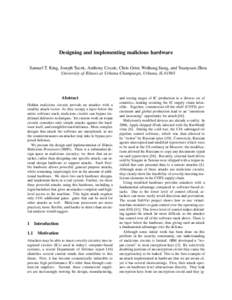 | Add to Reading ListSource URL: www.usenix.org- Date: 2008-03-26 10:36:20
|
|---|
63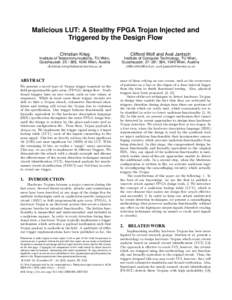 | Add to Reading ListSource URL: jantsch.se- Date: 2016-07-22 00:20:43
|
|---|
64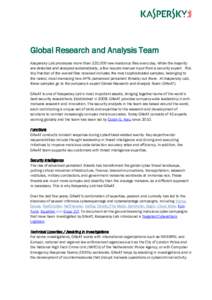 | Add to Reading ListSource URL: cdn.press.kaspersky.com- Date: 2015-10-30 16:26:19
|
|---|
65 | Add to Reading ListSource URL: www.cs.ucr.edu- Date: 2012-03-30 16:28:15
|
|---|
66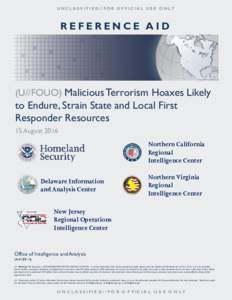 | Add to Reading ListSource URL: info.publicintelligence.net- Date: 2016-11-21 17:43:52
|
|---|
67 | Add to Reading ListSource URL: www.lorenzobgomez.com- Date: 2012-08-19 21:31:07
|
|---|
68 | Add to Reading ListSource URL: www.lorenzobgomez.com- Date: 2012-08-19 21:31:08
|
|---|
69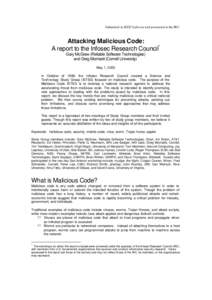 | Add to Reading ListSource URL: www.cs.cornell.edu- Date: 2001-06-11 07:53:10
|
|---|
70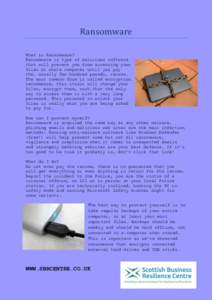 | Add to Reading ListSource URL: www.sbrcentre.co.uk- Date: 2016-07-15 05:58:24
|
|---|